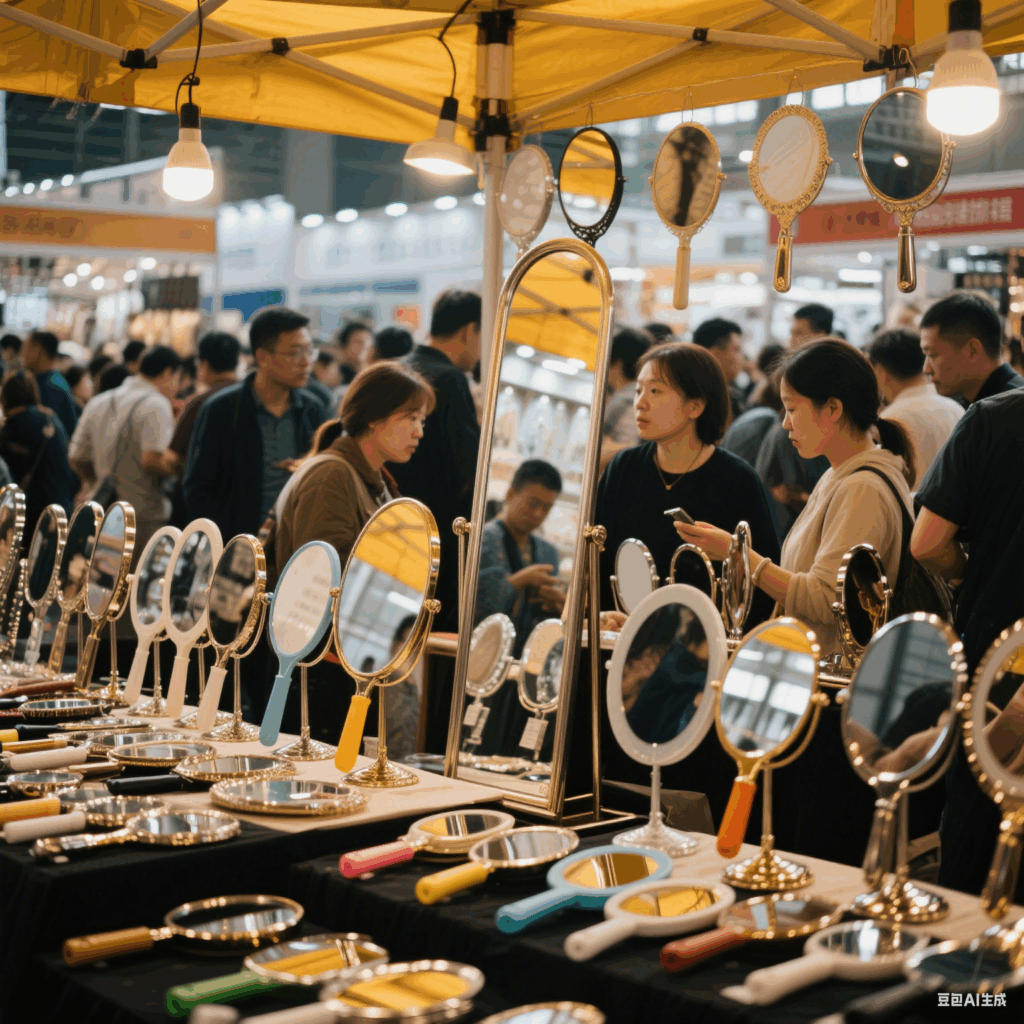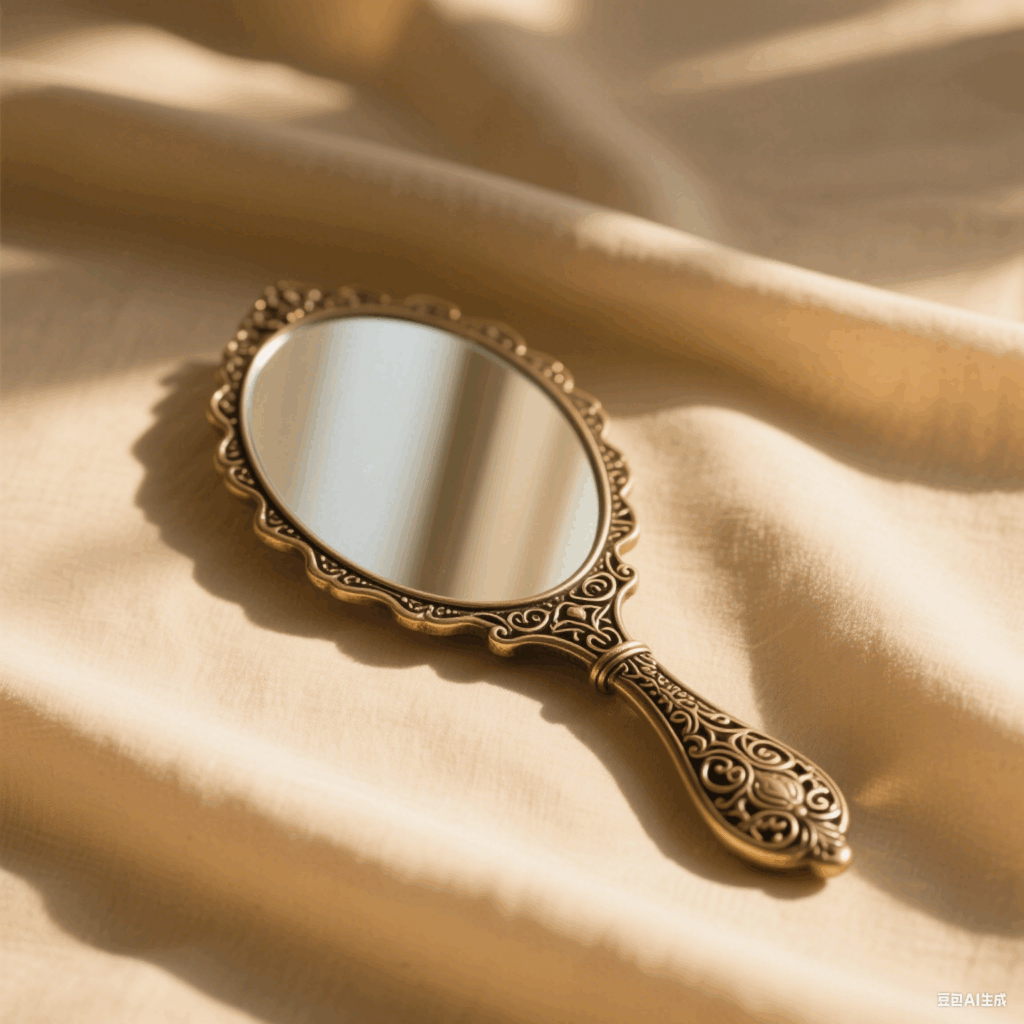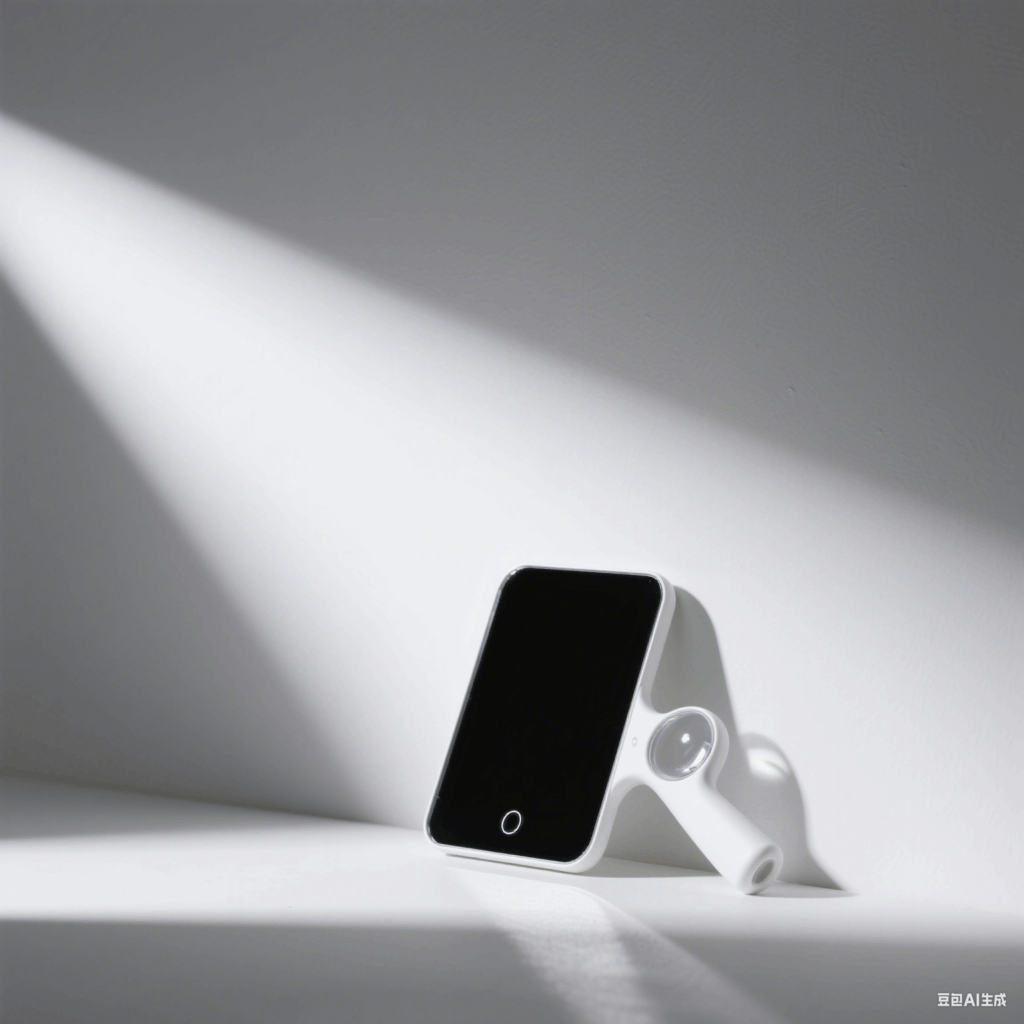In the bustling realm of international trade, understanding the intricacies of importing and exporting products is crucial for success. When it comes to handle mirrors, a seemingly simple yet popular item, a deep dive into its HS codes, tariff regulations, and other key aspects can make all the difference for businesses involved in global commerce. Let’s explore the essential information about handle mirror trade from China to the United States.
HS Codes: The Foundation of Classification
HS codes, or Harmonized System codes, act as the universal language for classifying goods in international trade. For handle mirrors, relevant HS codes play a vital role in determining how these products are categorized, taxed, and regulated across borders. Different types of handle mirrors may fall under various HS codes based on their specific characteristics.
Typically, handle mirrors are often classified under HS codes related to mirrors of base metal, glass mirrors, or other specific material – based categories. For instance, if a handle mirror is made with a base metal frame, it might be categorized under an HS code specific to base metal mirrors. The accurate identification of the HS code is essential as it directly impacts customs clearance processes, tariff calculations, and overall trade compliance.
Tariff Landscape: Staying Informed and Prepared
The tariff rates for handle mirrors imported from China to the United States can fluctuate based on various factors, including trade policies and agreements. As of now, it’s important for importers and exporters to closely monitor the current tariff rates applicable to handle mirrors.
These rates can significantly affect the cost – effectiveness of trading handle mirrors. Higher tariffs mean increased costs for importers, which can, in turn, influence pricing strategies and profit margins. By staying updated on any changes in tariff regulations, businesses can make informed decisions, adjust their budgets, and plan their trade operations more effectively.
Product Features and Market Demand
Handle mirrors come in a wide range of styles, sizes, and materials, catering to diverse consumer needs. Some are designed with ornate handles for decorative purposes, while others focus on functionality with ergonomic designs. The choice of materials, such as glass quality, frame materials (including metal, plastic, or wood), and handle finishes, also plays a crucial role in determining the product’s appeal and market value.
In the global market, there is a consistent demand for handle mirrors, especially those with unique designs and high – quality craftsmanship. Understanding consumer preferences and market trends can help businesses source or produce handle mirrors that are more likely to succeed in the competitive international market.
Tips for a Smooth Trade Journey
- Accurate HS Code Identification: Seek professional help or conduct in – depth research to ensure the correct HS code is assigned to your handle mirrors. A wrong code can lead to delays in customs clearance and potential penalties.
- Tariff Monitoring: Regularly check for updates on tariff regulations. Subscribe to trade news services or consult with trade experts to stay ahead of any changes.
- Quality Control: Given the importance of product quality in the market, implement strict quality control measures during the manufacturing or sourcing process. High – quality handle mirrors are more likely to attract customers and build a good reputation in the long run.
- Market Research: Continuously analyze the market demand for handle mirrors. Identify emerging trends, consumer preferences, and competitor strategies to position your products effectively.
In conclusion, the trade of handle mirrors from China to the United States offers both opportunities and challenges. By having a comprehensive understanding of HS codes, tariff regulations, product features, and market dynamics, businesses can navigate this trade landscape with confidence and achieve success in the global market.



- Classic Handle Mirror: A high – resolution image of a traditional handle mirror with an intricately designed metal handle. The mirror should have a clear, reflective surface, and the background could be a soft, neutral – colored fabric to highlight the elegance of the mirror. This image can showcase the timeless appeal of handle mirrors.
- Modern and Functional Handle Mirror: An image of a contemporary handle mirror with a sleek, ergonomic plastic handle. The mirror might have additional features like magnification or a foldable design. Place it against a modern, minimalist background, such as a white or gray wall, to emphasize its modern functionality.
- Handle Mirror in a Market Setting: A photo depicting handle mirrors displayed in a bustling market or trade fair. This image can show different styles and sizes of handle mirrors together, giving readers a sense of the market variety and the demand for these products. It adds a real – world context to the blog content.